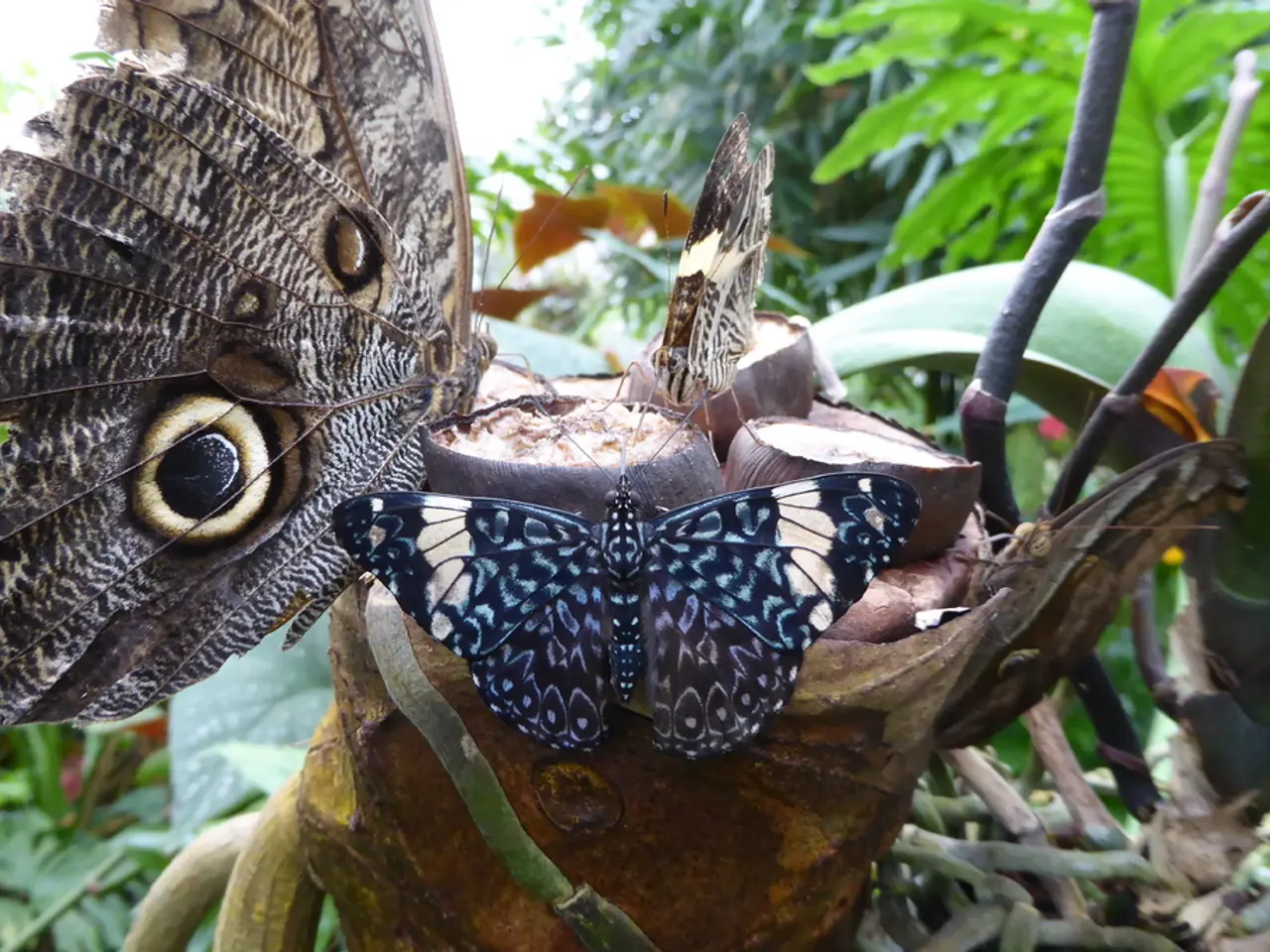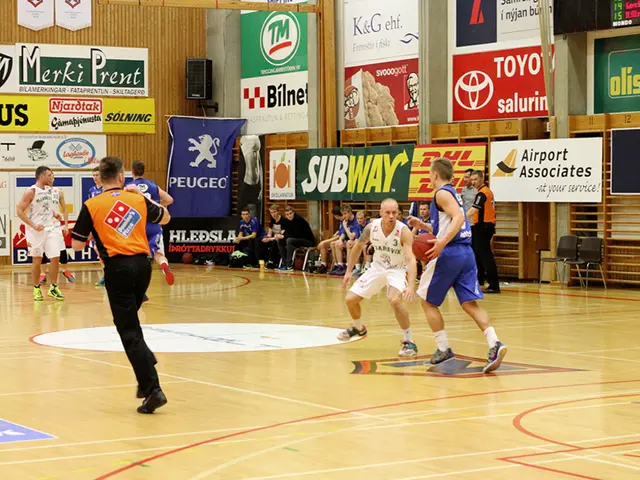Gather milkweed seeds during summer's end to expand your butterfly-friendly flora at no cost - timeline and methods for this natural harvest
The decline in the Monarch butterfly population has been linked to a lack of milkweed plants, which are essential for these beautiful insects. Fortunately, harvesting and sowing milkweed seeds is a simple and rewarding process that can help support the Monarch butterfly population.
Harvesting Ripe Milkweed Pods
Ripe milkweed pods mature from late summer into fall, and it is crucial to harvest them when ripe. Identifying ripe pods is easy – they have started to split open or easily split with light pressure applied. When ripe pods are identified, they can be cut from the plant using clean, sharp pruning shears, garden snips, or scissors.
Separating Seeds and Floss
The floss inside the pod, which is the white fluff that causes it to burst open, needs to be separated from the seeds. If the floss hasn't expanded, the seeds and floss can be pulled and separated by hand. A nifty trick is to place the seeds and floss in a paper bag with a few coins, shake it, and then cut a small hole in the bottom corner to collect the seeds.
Avoiding Open Pods with Milkweed Bugs
Harvesting milkweed seeds should avoid open pods with milkweed bugs, as their presence may indicate the seed is not viable for germination.
Storing and Sowing Milkweed Seeds
Milkweed seeds should not be kept damp or with chaff, floss, or other plant debris during storage. They can be stored for around three years when stored in an airtight and cool place, but their viability will start to decline from that point on.
Sowing milkweed seeds outdoors in fall naturally exposes them to cold, and they will germinate in spring without the need for stratification. Sowing indoors in spring requires a period of cold stratification to give the seeds a period of cold to break dormancy. This can be achieved by putting them in a refrigerator for around a month before sowing.
Purchasing Milkweed Seeds
Butterfly weed seeds can be purchased at True Leaf Market, and common milkweed seeds can be found on Amazon. The Xerces Society offers butterfly milkweed seed kits consisting of 13 important wildflowers to support monarch butterflies.
Growing Milkweed for Monarch Butterflies
Growing milkweed can help support the Monarch butterfly population, as it provides a habitat for rest and egg-laying. Monarch butterflies prefer certain types of milkweed, such as native plants like butterfly weed, common milkweed, whorled milkweed, and swamp milkweed.
Collecting Milkweed Seeds for Cultivation
Collecting milkweed seeds is beneficial for cultivating plants and supporting the Monarch butterfly population. However, permission should be obtained before collecting seeds from public land.
By following these simple steps, you can help conserve the Monarch butterfly population by growing and sowing milkweed seeds.







